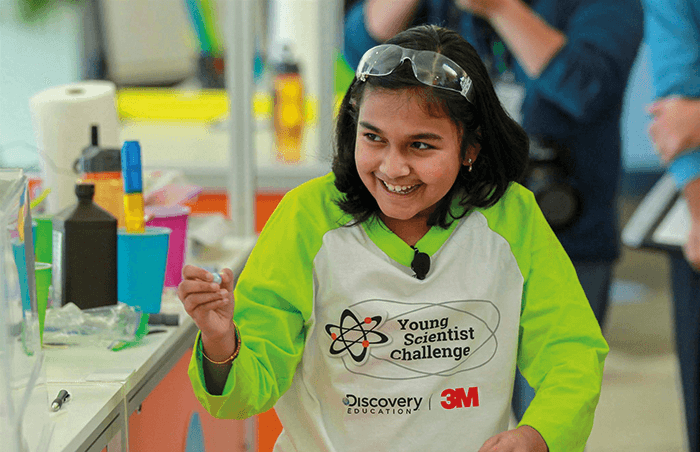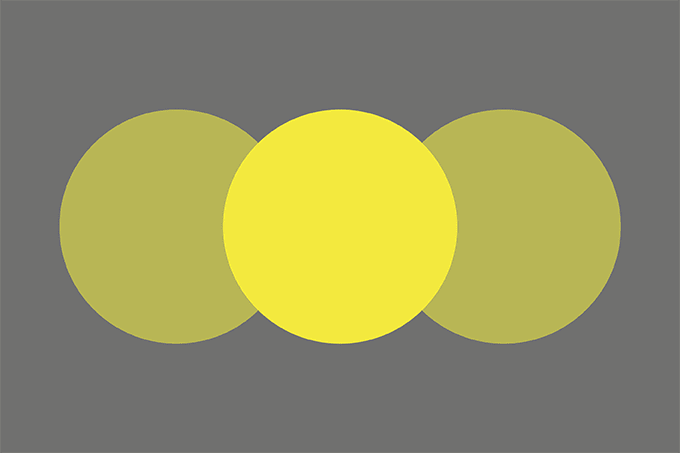“Imagine living day in, day out, drinking contaminated water with dangerous substances like lead,” says Gitanjali Rao, in her video submission for the ‘Discovery Education 3M Young Scientist Challenge’ (1). Frustrated by the recent Flint water crisis, the 11-year-old spent three months working with mentor Kathleen Shafer and other scientists at 3M to develop a new lead detection system, to provide rapid and accurate water analysis. Clearly, contamination events extend far beyond Michigan, with millions of people worldwide at risk of exposure to lead and other dangerous compounds. “There are over 5,000 water systems in the US alone with lead contamination issues,” Gitanjali says. “Timely detection and preventative action can help mitigate the problem, but today it takes a long time, requiring chemical labs and expensive equipment.”

Luckily, Gitanjali had a cheaper, quicker solution to propose based on nanotube sensors. The prototype comprises three parts: a disposable cartridge with a specially treated carbon nanotube chemical sensor, an Arduino-based processor with Bluetooth extension, and a smartphone to display results. She’s named it “Tethys”, after the Greek sea goddess. How does the device work? Child’s play! “When dipped in non-contaminated water, the arrays have no reaction to the lead, and resistance remains unchanged, showing safe water status,” she explains. “When the same cartridge is dipped in contaminated water, the lead in the water reacts (with the arrays) to create additional resistance to the flow of current – which is measured by the Arduino processor and shown on a phone. The change in resistance is proportional to the degree of lead in water.” “I like finding solutions to real problems,” Gitanjali says. “I hope this helps in a small way to detect and prevent long-term health defects of lead contamination for many of us.” She also hopes that the device could be used to test for other chemical contaminants in potable water with further research.
Gitanjali has some words of wisdom for other kids (and adults) who are interested in a STEM career: “Just have fun with science and keep digging deep for solutions. If you do not succeed the first time, that’s OK! There is never a limit to the number of tries it takes to accomplish a goal.” Anyone want to nominate this bright young thing for the next 40 Under 40 Power List?
References
- 2017 National Finalist: Gitanjali Rao (2017). Video available at: http://bit.ly/2i8zxzl.Accessed November 27, 2017.



